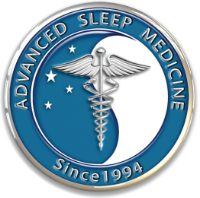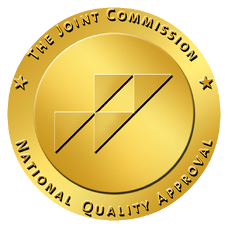Adaptive Servo-Ventillation (ASV)
ASV is used primarily to treat central sleep apnea. ASV provides positive expiratory airway pressure (EPAP) and inspiratory pressure support (IPAP), which is servocontrolled based on the detection of CSA. The device provides a fixed EPAP determined to eliminate obstructive sleep apnea. The ASV device changes the inspiratory pressure above the expiratory pressure as required to normalize patients’ ventilation. Pressure support may be set to a minimum of 0 and maximum pressure minus the EPAP (the MaxPS should equal MaxPressure – MinEPAP). With normal breathing, the device acts like fixed CPAP by providing minimal pressure support. When the device detects CSA, the device increases the pressure support above the expiratory pressure up to a maximum pressure, which can be set by the user. Additionally, an automatic, timed backup up rate is available.
Studies demonstrate that ASV is superior to conventional positive airway pressure therapy for controlling the number of central sleep apneas, improving sleep architecture and daytime hypersomnolence, particularly for CSB-CSA, central sleep apnea syndrome, and complex sleep apnea.














